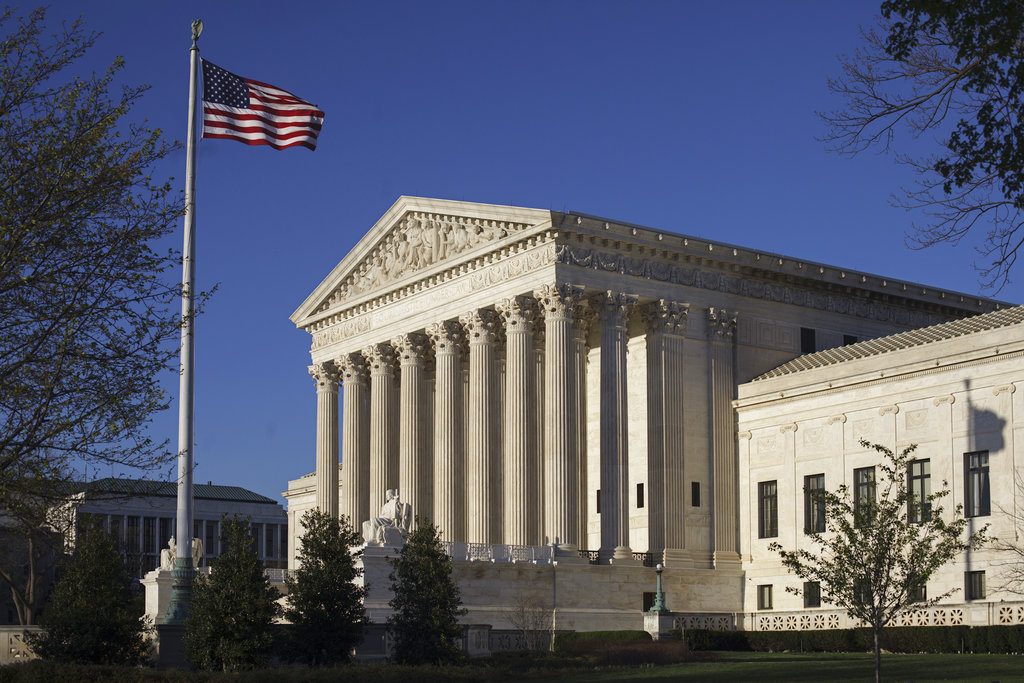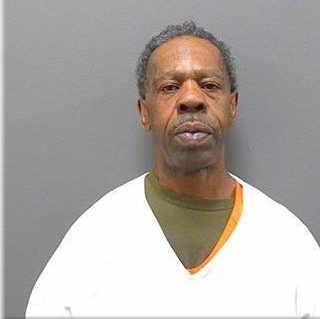Top court to hear case that could reshape US political map
By: Associated Press//June 19, 2017//

By MARK SHERMAN
Associated Press
WASHINGTON (AP) — The U.S. Supreme Court will take up a momentous fight over parties manipulating electoral districts to gain partisan advantage in a case that could affect the balance of power between Democrats and Republicans across the United States.
At issue is whether Republican lawmakers in Wisconsin drew legislative districts that favored their party and were so out of whack with the state’s political breakdown that they violated the constitutional rights of Democratic voters.
It will be the high court’s first case in more than a decade on what’s known as partisan gerrymandering. A lower court struck down the districts as unconstitutional last year.
The justices won’t hear the arguments until the fall, but the case has already taken on a distinctly ideological, if not partisan, tone. Just 90 minutes after justices announced Monday that they would hear the case, the five more conservative justices voted to halt a lower court’s order to redraw the state’s legislative districts by November, in time for next year’s elections.
The four more liberal justices, named to the court by Democrats, would have let the new line-drawing proceed even as the court considers the issue.
That divide could be significant. One factor the court weighs in making such decisions is which side seems to have a better chance of winning.
Republicans who control the state legislature assured the court that they could draw new maps in time for the 2018 elections, if the court strikes down the districts. If the state wins, there’ll be no need for new districts.
Democrats hope a favorable decision will help them cut into Republican electoral majorities. Election law experts say the case is the best chance yet for the high court to put limits on what lawmakers may do to gain a partisan advantage in creating political district maps.
Both parties have tried to get the largest partisan edge when they control redistricting. Yet Democrats are more supportive of having courts rein in extreme districting plans, mainly because Republicans control more legislatures and drew districts after the 2010 census that enhanced their advantage in those states and in the House of Representatives.
The U.S. Supreme Court has never struck down districts because they are unfairly partisan. Similar lawsuits are pending in Maryland, where Democrats dominate, and North Carolina, where Republicans have a huge edge in the congressional delegation and the state legislature.
“The decision in this case will likely set the path for redistricting in 2020 and beyond. The essential question is whether the court will finally accept a new standard and block partisan gerrymandering, or continue the court’s stated disapproval of excessive partisan gerrymandering while never finding one to overrule,” League of Women Voters president Chris Carson said.
The challengers to the Wisconsin districts said it is an extreme example of redistricting that has led to ever-increasing polarization in American politics because so few districts are genuinely competitive between the parties. In these safe seats, incumbents tend to be more concerned about primary challengers, so they try to appeal mostly to their party’s base.
“Partisan gerrymandering of this kind is worse now than at any time in recent memory,” said Paul Smith, who is representing the challengers to the GOP plan in Wisconsin.
But Wisconsin officials defended the legislature’s work and called on the justices to undo the lower-court ruling.
“As I have said before, our redistricting process was entirely lawful and constitutional, and the district court should be reversed,” Wisconsin Attorney General Brad Schimel said.
Wisconsin Republicans drew the maps in 2011 after they took full control of state government in the 2010 elections. Under those maps in 2012, Republicans captured 61 percent of state assembly seats while winning 48.6 percent of the statewide vote. They now have their largest majorities in the state House and Senate in decades.
The federal court that struck down the districts adopted an equation that offers a way to measure the partisan nature of the districts. It essentially measures and compares each party’s wasted votes — those going to the winner in excess of what’s needed for victory — in an election. As measured by this “efficiency gap,” Republicans can increase the number of the districts they control by stuffing Democratic voters into already Democratic districts.
The measurement could appeal to Justice Anthony Kennedy, who has said he is willing to referee claims of excessively partisan redistricting, but only if the court can find a workable way to do so. Until now, he hasn’t found one.
Associated Press writer Scott Bauer also contributed to this report.
Legal News
- FBI launches criminal investigation into Key Bridge collapse
- Man charged in slaying after woman’s leg found at Milwaukee-area park
- Minnesota man guilty in fatal stabbing of teen on Wisconsin river, jury finds
- Wisconsin teen sentenced in bonfire explosion that burned at least 17
- Wisconsin man who broke into home, ate victim’s chicken, slept in victim’s bed, receives prison and jail sentences
- Judge refuses to dismiss Hunter Biden’s gun case
- House passes reauthorization of key US surveillance program after days of upheaval over changes
- Milwaukee Police officer traveling to Georgia training retires before facing discipline
- Evers to ask legislature to approve largest increase in state support for UW System in two decades
- 7th Circuit Court of Appeals proposes new rules
- Federal agencies allege toxic work environment for women in new report
- Wisconsin man sentenced for sex trafficking a woman and a minor online
WLJ People
- Power 30 Personal Injury Attorneys – Russell Nicolet
- Power 30 Personal Injury Attorneys – Benjamin Nicolet
- Power 30 Personal Injury Attorneys – Dustin T. Woehl
- Power 30 Personal Injury Attorneys – Katherine Metzger
- Power 30 Personal Injury Attorneys – Joseph Ryan
- Power 30 Personal Injury Attorneys – James M. Ryan
- Power 30 Personal Injury Attorneys – Dana Wachs
- Power 30 Personal Injury Attorneys – Mark L. Thomsen
- Power 30 Personal Injury Attorneys – Matthew Lein
- Power 30 Personal Injury Attorneys – Jeffrey A. Pitman
- Power 30 Personal Injury Attorneys – William Pemberton
- Power 30 Personal Injury Attorneys – Howard S. Sicula











